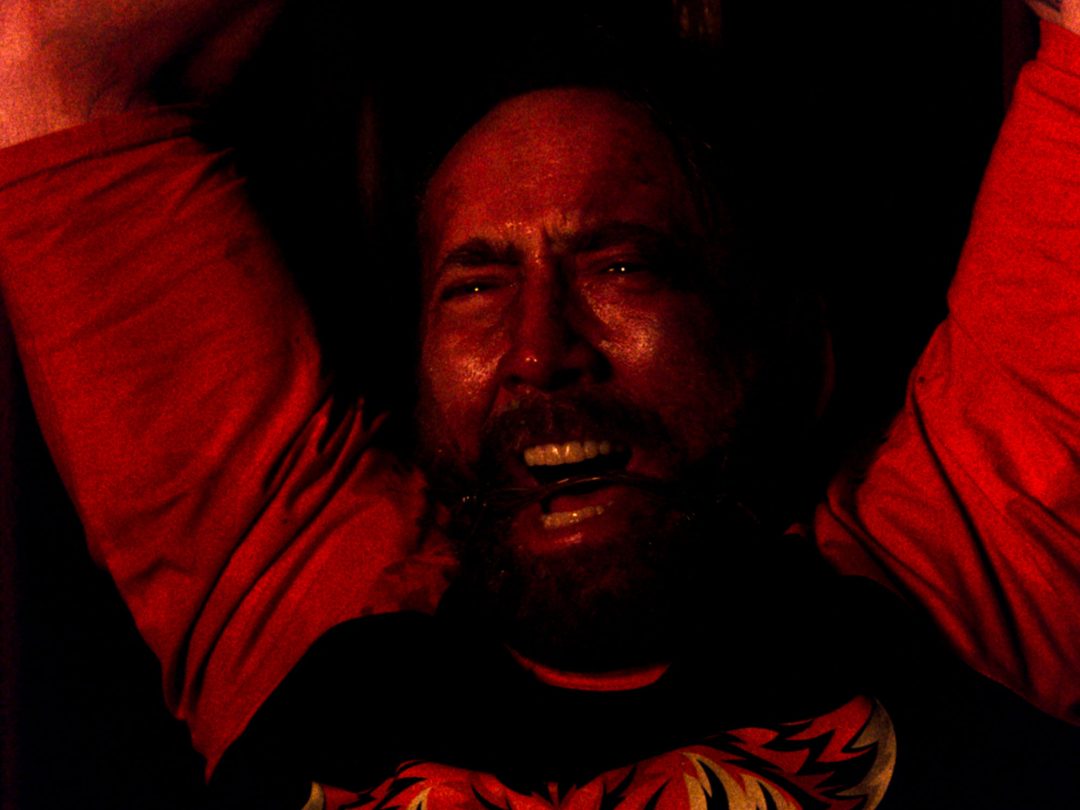Another weekend is behind us, another week stretches out before us. Monday may be vaguely depressing, but there is one ray of light to help us ease into another week – an Outposter contribution! One among you has contributed. One among you opens himself to judgment from his fellow Outposters. That one is Mr Horta and he submits, for your consideration, his Retro Review of Mandy.
Do you have something to share with your fellow Outposters? Send it to us at [email protected] so we can place you on a pedestal.
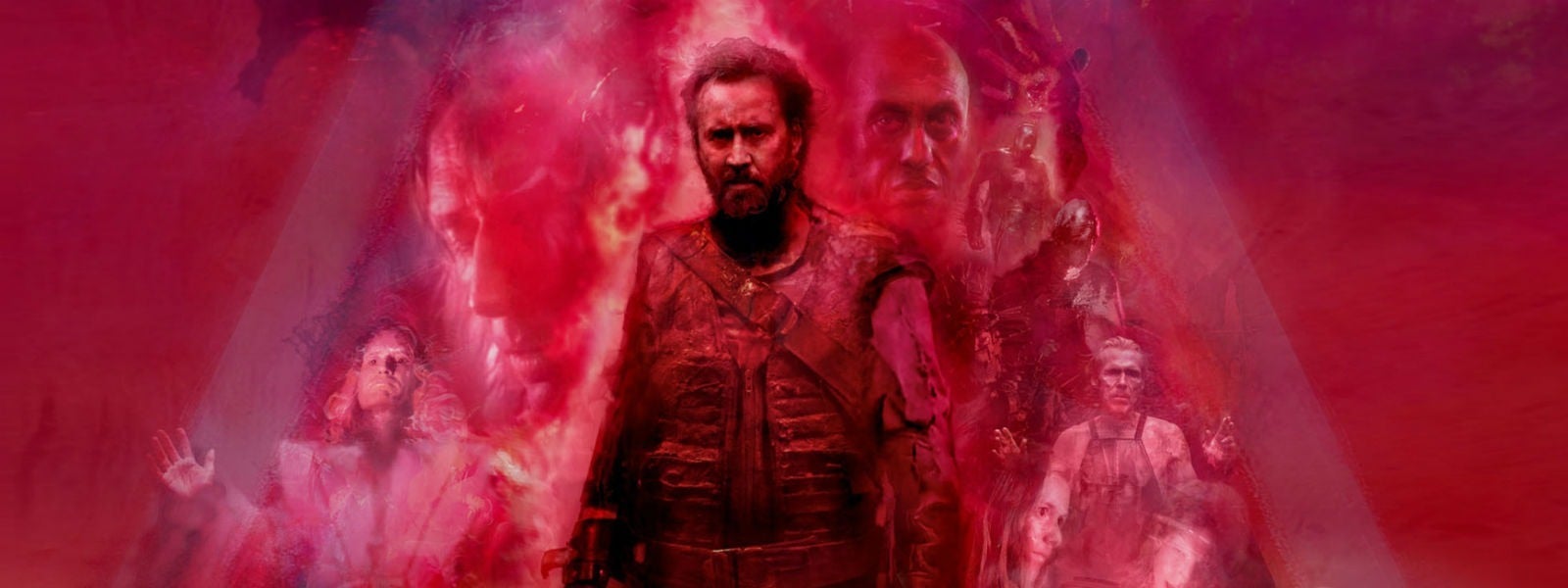
Retro Review: Mandy
Five years seems like a hell of a long time ago—pre-Sickness Across the Valley and the injectable response; pre-Slap™; pre-big-war-we’re-in-or-we’re-not; pre-Capitol-melee-with-fatalities-and-feces. Plenty of Derangement Syndrome.
Mandy seems to anticipate this, if spiritually. It suggests a nicer world we can sort of remember and its transition to something worse. Imperfect yet excellent, Mandy is also a key moment in the Christ-like career resurrection of Nicolas Cage.
Note to A24 for when the strike is over: When do we get Cage as a raging, neurotic Christ already? What about those three days he was “dead”? You can bet he partied!
Standing alongside Cage as MVP is director Panos Cosmatos, son of Rambo: First Blood Part II director (and partial Tombstone director) George P. Cosmatos. Mandy has some of that violently muscular Rambo imagery in the vivid cinematography by Benjamin Loeb. You’ll find similar verve in Beyond the Black Rainbow, the striking 2010 debut for the younger Cosmatos. It’s a Kubrickian Stranger Things – a show that rips off Rainbow to kind of an astounding degree. For my money Rainbow offers one of the best reveals of the last decade; standout Lat Movie Outpost commenter Super Nintendo Chalmers (you can use that as a pull-quote!) can possibly elaborate.
What Rainbow’s success earns you is Nicolas Cage, though he probably would’ve done Mandy anyway. Playing an initially becalmed recovered alcoholic and Pacific Northwest logger in 1983, his performance is one of maniacal, deranged emotion. Who else could nail this role? I haven’t seen the Oscar-nominated work from Cage’s Mandy co-star Andrea Riseborough in To Leslie, but does it really top Cage’s in Mandy? Others can decide.
The Plot
Cage and Riseborough (Mandy) live peacefully in a cabin in the woods. Cage is named Red in the movie, which doesn’t quite seem to fit and at any rate is irrelevant. Mandy, an artist, is a dream girl for a certain type of guy, and that includes more than just Cage. A cult leader in a van spots her, wants her, and kidnaps her. She mocks his singing so he burns her to death inside a burlap bag as a bound Cage watches.
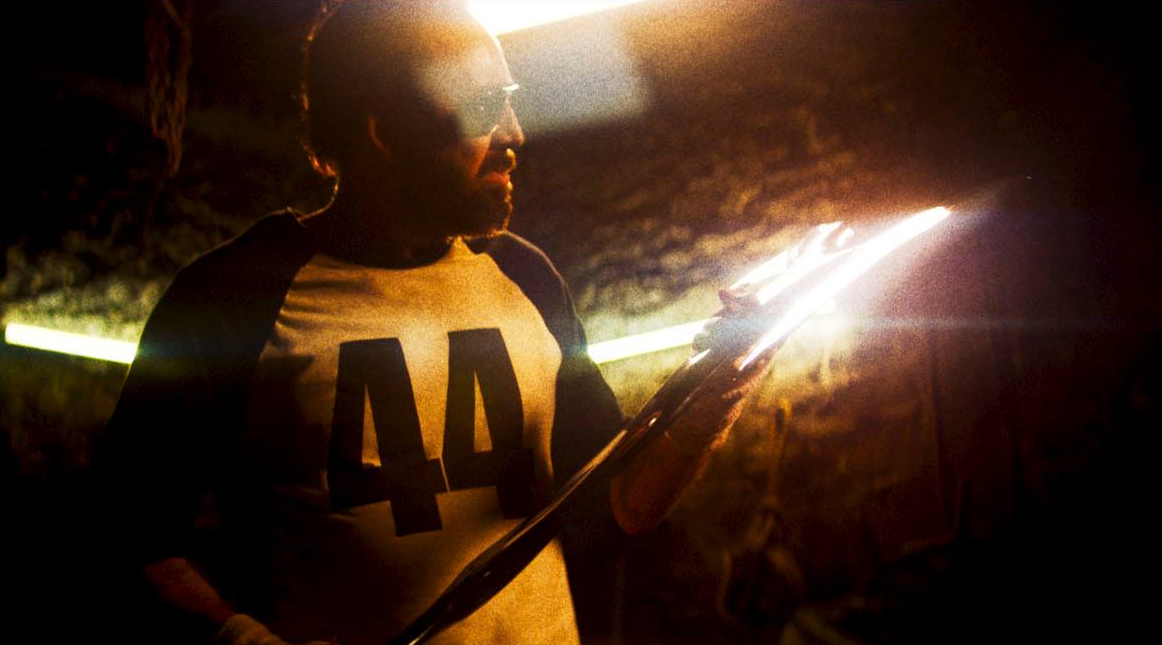
Cage snaps. His buddy Caruthers – Bill Duke, great to see – supplies him with weapons. Cage hunts down his tormentors in well-shot scene after well-shot scene, descending ever deeper into the world’s evil.
Overall
Mandy is a movie of superior cinematography and scattered tremendous moments. To name just one beautiful sequence, against an ominous synth drone, the shot of a shadowy radio tower pans down under a rosy night sky. Cage’s hulking form moves toward it, away from us at a low angle.
Cut to inside the tower station, to the back of an aging, shaggy-haired chemist in overalls making drugs at a table. His head cocks; he hears someone. Close-up of his hand on a pistol beside him. He doesn’t pick it up. Instead he lowers the volume of the synth drone on his stereo bank. Is this being broadcast across the valley? A caged tiger waits. Cage comes into focus as if from a nightmare fog, walking toward us as his head rises in the frame. It could almost be black-and-white except for his blood-spattered face. The exquisitely cryptic exchange between Cage and the chemist/radio operator is the work of a highly skilled filmmaker unafraid of unanswered questions and capable of summoning unique dread.
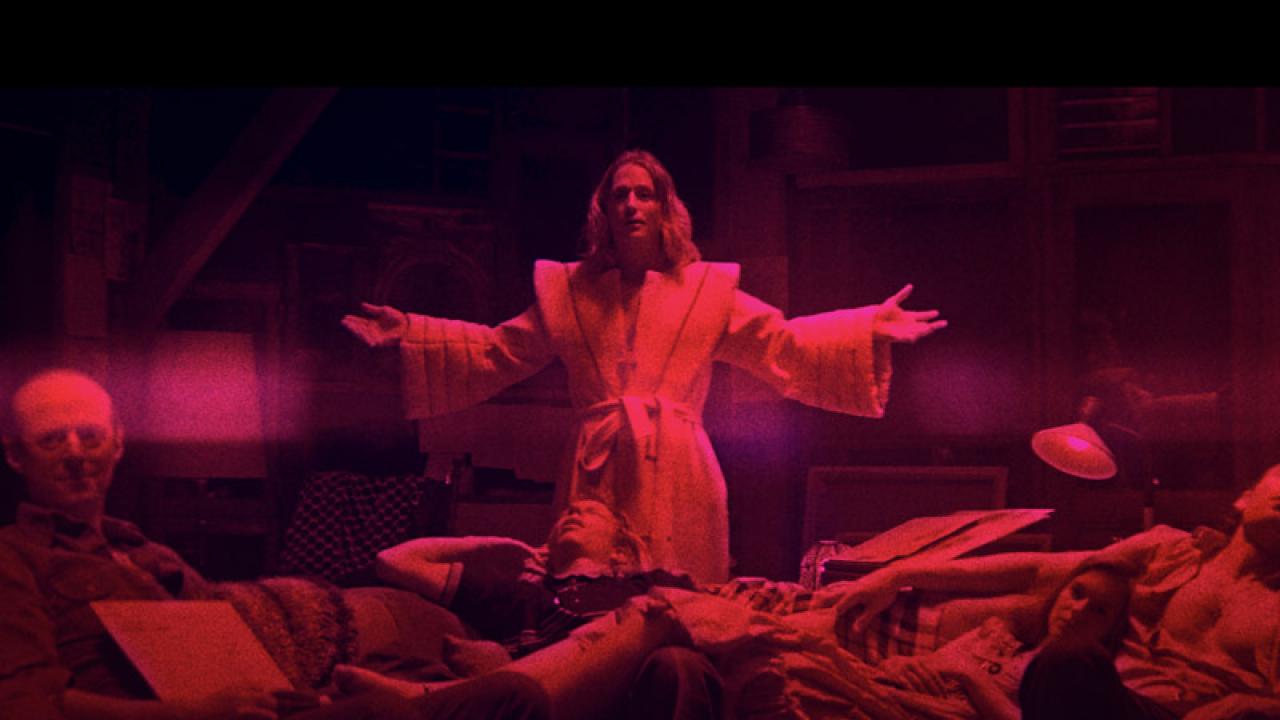
The drug-insane, porn-loving, takeout-eating zombies allied with the cult could be silly, but in the hands of Cosmatos they embody the right amount of debaucherous terror. Humor slips out of the margins anyway because characters are so themselves. Mandy taps into an awful recognizable realness. Witness the devastated tear that plunges down the cheek of a young woman in the cult after watching Cage sink a spear through the mouth of the man who claims her.
What could Mandy do better? It has a Mad Max (1979) simplicity and a long, grimly ominous build – for some action fans, this may be a dealbreaker. For others, that’s part of its power. An alternate-universe version of the movie teases out action and revelations in a tighter thriller style; an early flashback of something unspeakable Cage witnessed as an officer in Vietnam, for example, could maybe work (but would probably be prohibitively expensive with iffy de-aging). A quick montage side-story showing how a 1983 teenager becomes a clicking zombie with a face sewn into black leather could’ve added something. Ill-advised as attemps to widen world of Mandy might be (less is often more), Cosmatos is good enough to pull them off. He could make a prestige Hellraiser.
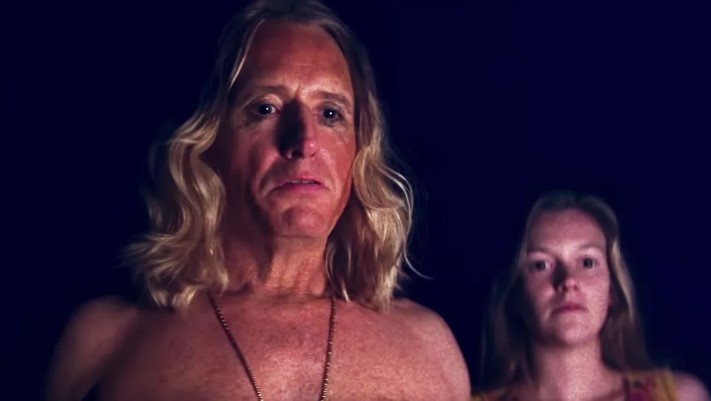
Part of Mandy’s beauty, in addition to excellent filmmaking on a technical level, is what we can project onto its hero, his world and antagonists pursued past the point of tortured resolve. What evil lurks in an otherwise safe and neighborly rural Eden? A place that soon, as our odyssey progresses, becomes a deforested hellscape? Is 1983 the mutated after-death of the hippie dream? What’s science done for us lately – we can destroy whole cities but can’t cure paralysis? Is insane grief a combat-superpower of sorts and a route to inner peace? Have 1970s prog-rock album covers been screaming important warnings at us all this time?
Mandy hints but won’t say; it’s ultimately too busy with chainsaw battles, ambushes, and crushed skulls. In other words well worth checking out.

Check back every day for movie news and reviews at the Last Movie Outpost



